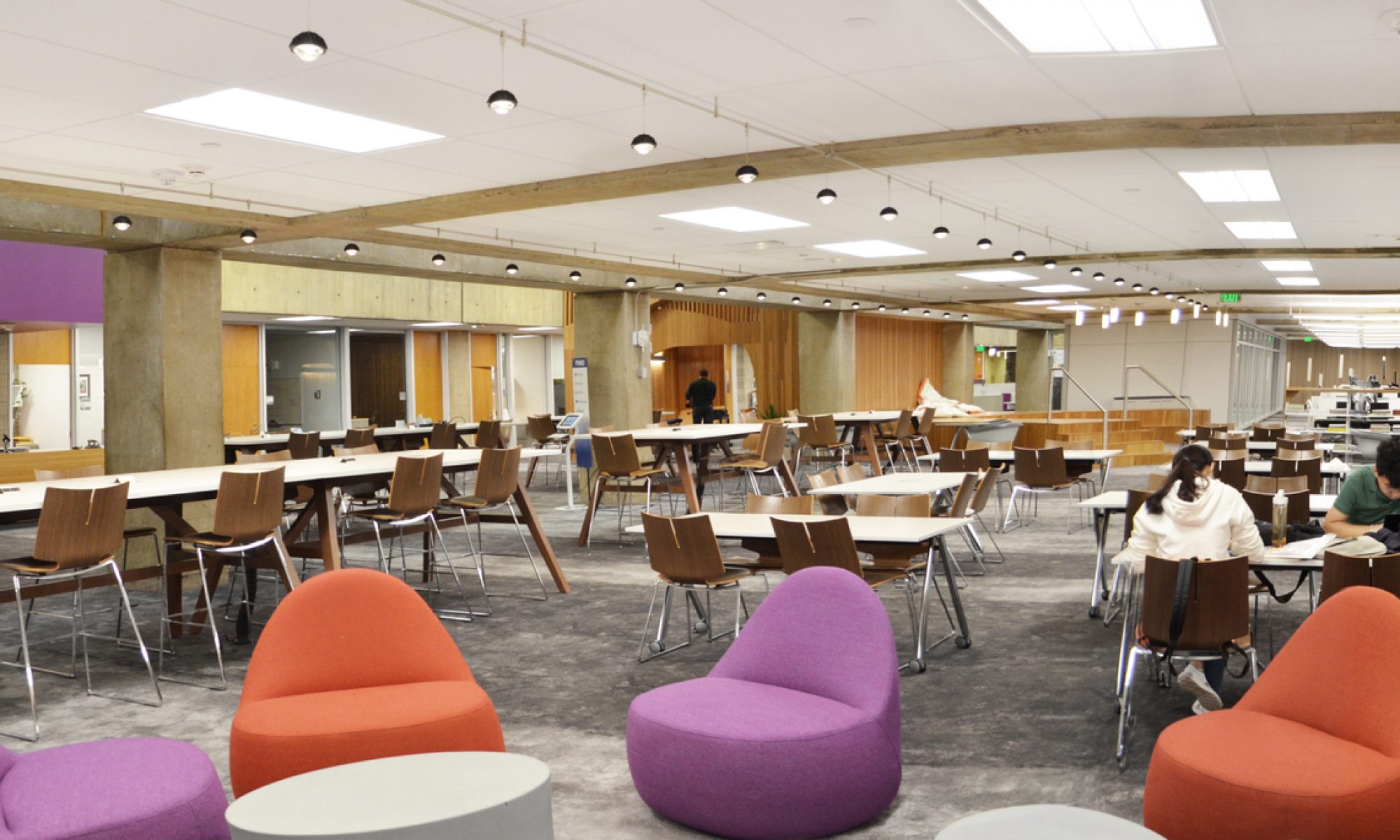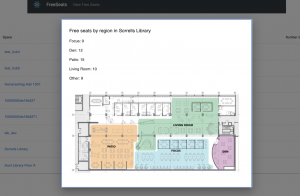This week was focused on giving our final presentation. I worked on the slides and practiced the presentation ahead of time in order to best present our project’s results. I think the presentation went well overall.
I wasn’t able to work much on the chair module this week since we had to watch other presentations and I had other class commitments. This week I plan to get everything ready for the demo which includes finishing the sleep configuration for the Xbees so we can save the power needed to extend our battery life. I also need to wire up a final chair module.
I think we are on schedule to be ready by the demo to present a reliable, working system. The data hub is pretty much done and the frontend is looking great. We will start on our video and final report soon this week.

